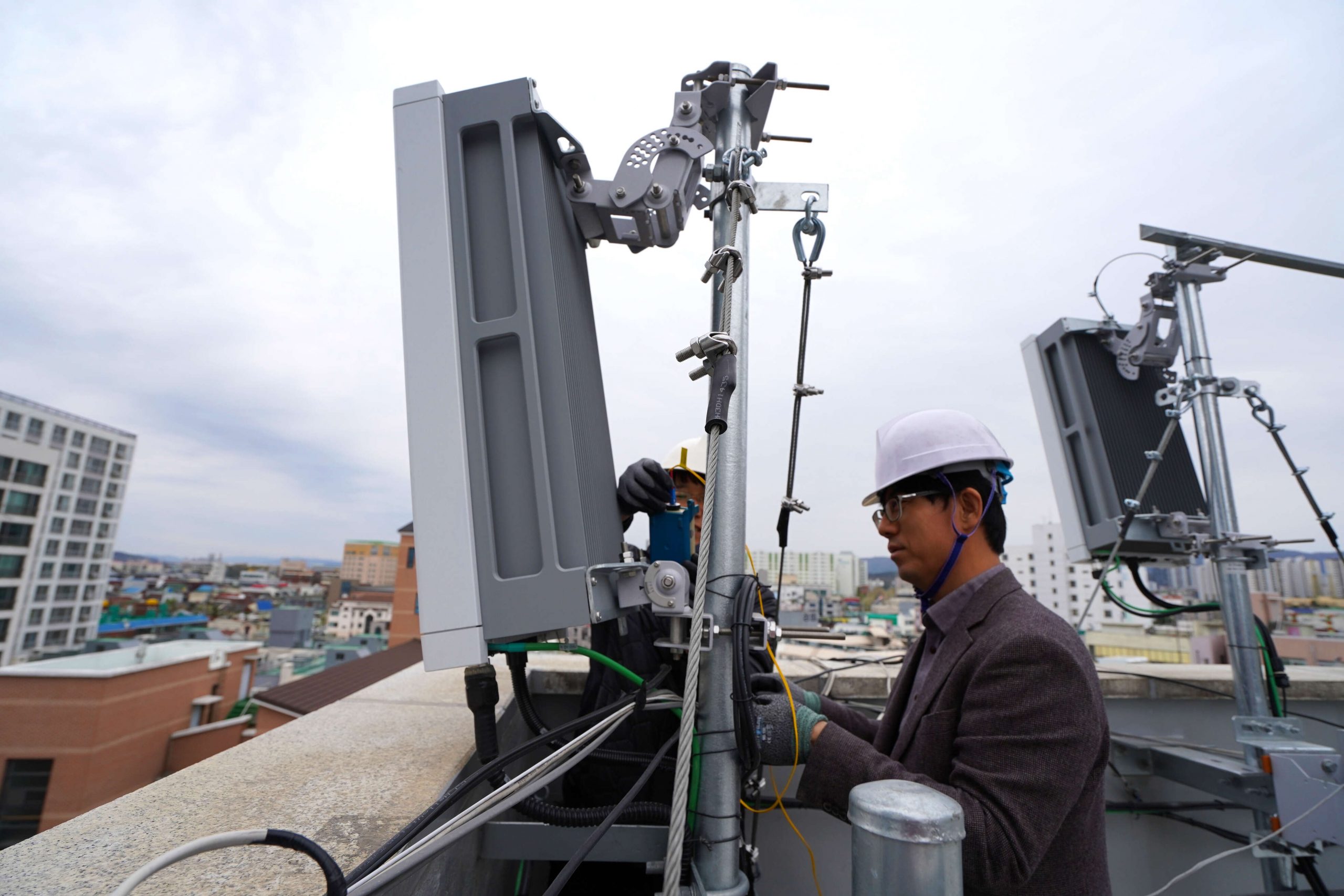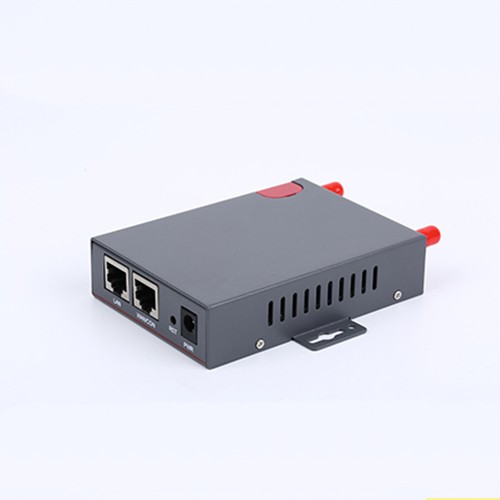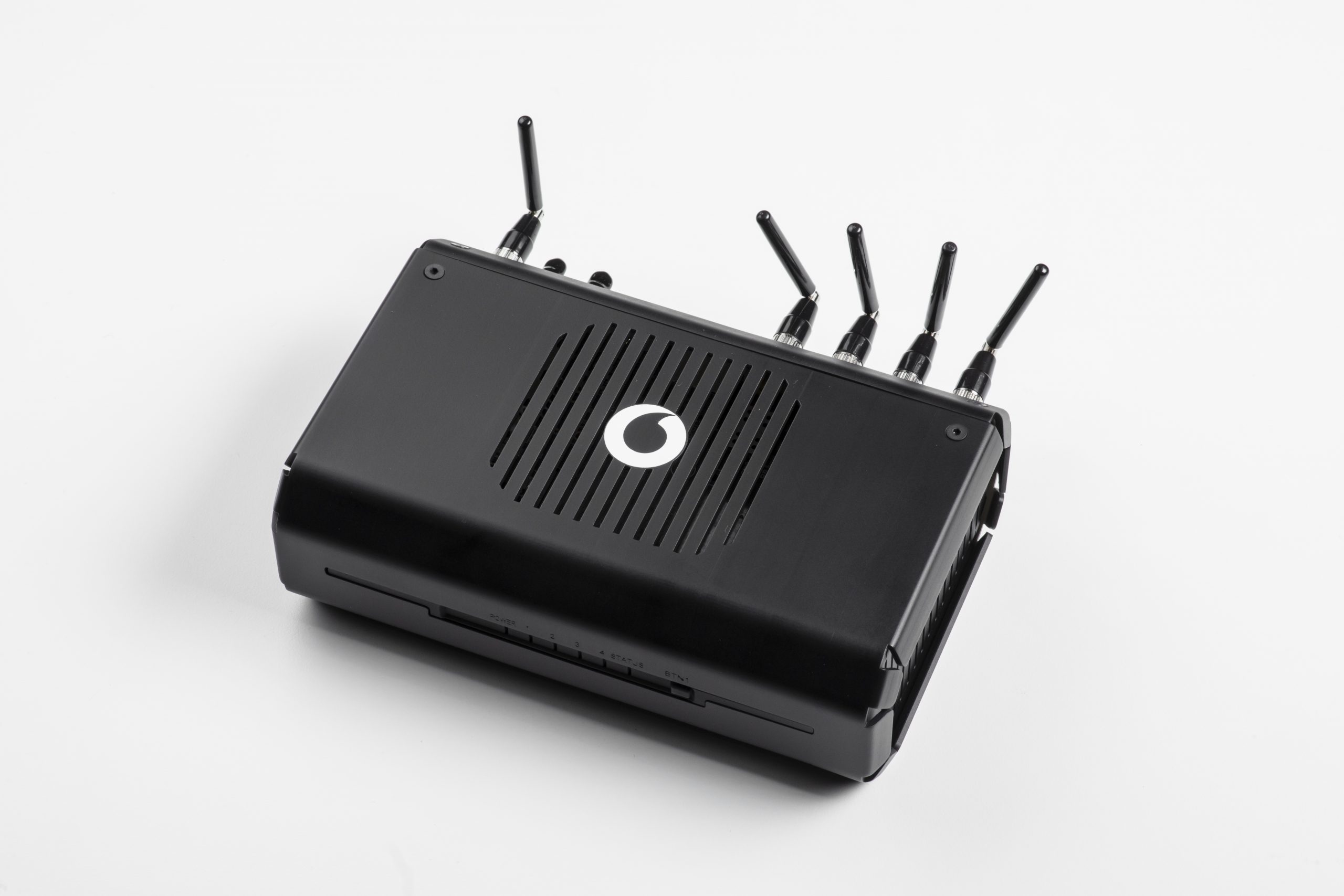The Open RAN portfolio from Hewlett Packard Enterprise (Image: HPE)
Hewlett Packard has announced plans to place an Open RAN portfolio on the market that will allow this technology to be rolled out across global 5G networks.
Open RAN (Radio Access Network) is an open architecture for radio access networks, is seen by many as a key technology for 5G expansion. The most important aspect for many observers is that this should avoid dependence on individual equipment suppliers. However, today’s operational Open RAN deployments are mostly based on custom configurations that cannot scale across a large number of sites. An approach from vendor Hewlett Packard (HPE) and its Open-RAN portfolio aims to solve this problem. It consists of orchestration and automation software, RAN-specific infrastructure blueprints and a server optimized specifically for Open RAN.
5G Core Network Platform
By way of background, HPE announced the 5G Core Stack, an open, cloud-native 5G core network platform, back in March 2020. The 5G Core Stack and the new Open RAN portfolio are to be able to be used with a common orchestration platform so that network operators can roll out applications end-to-end in the core network and in the radio access network.
HPE is working with the O-RAN Alliance and the Telecom Infra Project (TIP) to drive technology change toward open radio access networks. The vendor’s Open RAN portfolio is designed to help network operators future-proof their RAN infrastructure and integrate new technologies from different vendors into their system environment.
The key to commercial deployment of Open RAN, according to the company, is managing and orchestrating workloads across thousands of sites. HPE’s management and orchestration software is designed to run Open RAN, it said, and supports intent-based orchestration, artificial intelligence and machine learning, among other capabilities. This enables telecom providers to manage thousands of virtual machines, hundreds of different virtual network functions and container network functions across the network.
Blueprints reduce risks
Another component of the Open RAN solution is special infrastructure blueprints. They reduce the risk and complexity of network deployment and enable rapid deployment of Open RAN across thousands of sites, the company said. HPE is also working with Intel on a verified reference configuration that simplifies the path to virtual RAN (vRAN).
The stated goal of HPE’s Communications Technology Group (CTG) is to work with its partner network to reduce the risk associated with deploying open, multi-vendor 5G networks. Using HPE’s Open-RAN portfolio, network operators, system integrators, network equipment vendors and software vendors are expected to jointly test, validate and pre-integrate their Open-RAN technologies.
Part of the Open-RAN portfolio is a new HPE ProLiant DL110 Gen10 Plus server designed specifically for vRAN workloads. It features the following, according to the company:
- An open, standardized architecture that supports RAN solutions across vendors
- Powerful compute capabilities with third-generation Intel Xeon Scalable processors that deliver the performance and low power consumption required for RAN environments
- Compliance with NEBS Level 3 and GR 3108 standards for use at the network edge
- Low overall power consumption and footprint with baseband unit, fronthaul gateway, and cellular router in a highly optimized 1U/1P server
Accelerator options for power-sensitive vRAN workloads - Consistency from the core network to the network edge with HPE ProLiant security and management features, including Silicon Root of Trust
Server and Open RAN Solution Stack, are scheduled to be available globally in the second quarter of 2021.
(Parts of this text were translated with www.deepl.com)









Leave A Comment